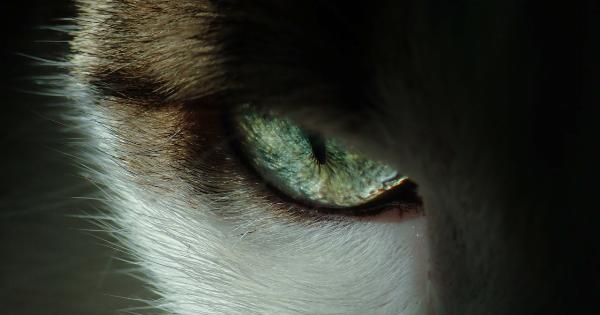Colored contact lenses have become increasingly popular in recent years as a way to enhance eye color or change the look of the eyes.
However, what many people don’t realize is that these lenses can come with hidden dangers that can potentially harm their eyesight. In this article, we’re going to explore some of the potential risks associated with colored contact lenses and how to protect yourself from them.
What Are Colored Contact Lenses?
Colored contact lenses are similar to regular contact lenses, with the difference being that they have a tint or color added to them.
They can either be prescription or non-prescription, and are used to enhance the natural color of the eyes or create a different color altogether. There are two main types of colored contact lenses: opaque and enhancer tints.
The Risks of Wearing Colored Contact Lenses
Although colored contact lenses are generally safe to wear when used correctly, there are some potential risks that people need to be aware of:.
Eye Infections
One of the main risks associated with wearing colored contact lenses is the risk of developing an eye infection. This can occur when bacteria or other microorganisms get trapped between the lens and the eye.
Symptoms of an eye infection include redness, pain, discharge, and blurred vision. In severe cases, an eye infection can lead to permanent vision loss.
Corneal Ulcers
Another potential risk associated with colored contact lenses is the development of corneal ulcers. These are sores that form on the cornea, which is the clear outer layer of the eye.
Corneal ulcers can occur when the lenses are not cleaned or disinfected properly, or when they are worn for too long. Symptoms of corneal ulcers include eye redness, pain, sensitivity to light, blurred vision, and tearing. If left untreated, corneal ulcers can lead to serious vision problems.
Hypoxia
Hypoxia occurs when the cornea is not getting enough oxygen. This can happen when lenses are worn for too long or are not fitted properly. Symptoms of hypoxia include eye redness, blurred vision, tearing, and sensitivity to light.
If hypoxia is left untreated, it can cause serious damage to the cornea and can lead to permanent vision loss.
Allergic Reactions
Some people may experience an allergic reaction to the materials used in colored contact lenses. Symptoms of an allergic reaction can include eye redness, itching, tearing, and swelling.
In severe cases, an allergic reaction can even lead to difficulty breathing.
Scratched Cornea
Wearing colored contact lenses also increases the risk of developing a scratched cornea. This can occur when the lenses are not fitted properly or are not handled correctly.
Symptoms of a scratched cornea include eye redness, pain, blurred vision, and sensitivity to light.
How to Protect Yourself from the Dangers of Colored Contact Lenses
Fortunately, there are several steps you can take to protect yourself from the potential dangers of colored contact lenses:.
Follow Proper Hygiene Practices
It’s important to follow proper hygiene practices when handling and wearing colored contact lenses.
This includes washing your hands before handling the lenses, cleaning and disinfecting the lenses according to the instructions provided by your eye care professional, and replacing the lenses on a regular basis.
Get a Proper Fitting
It’s important to get a proper fitting for your colored contact lenses. This ensures that the lenses fit properly and do not cause damage to the cornea.
Your eye care professional can help you choose the right type of lenses and ensure they fit properly.
Don’t Wear Lenses for Too Long
It’s important to follow the recommended wearing schedule for your colored contact lenses. This can vary depending on the type of lenses, so make sure to follow the instructions provided by your eye care professional.
Don’t sleep in your lenses or wear them for longer than recommended.
Buy from a Reputable Source
When purchasing colored contact lenses, it’s important to buy from a reputable source. This ensures that the lenses are made from high-quality materials and that they have been approved by the FDA for safe use.
Final Thoughts
Colored contact lenses can be a fun and creative way to enhance your natural eye color or change the look of your eyes. However, it’s important to be aware of the potential risks associated with wearing them.
By following proper hygiene practices, getting a proper fitting, and buying from a reputable source, you can protect your eyesight and enjoy your colored contact lenses safely.































